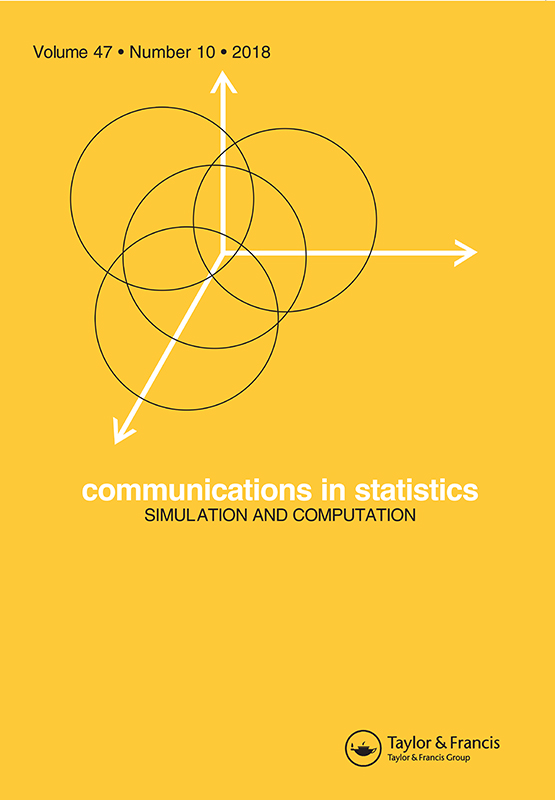tandfonline.com har udgivet en rapport under søgningen “Teacher Education Mathematics”:
Abstract
Abstract
Achievement tests are used to characterize the proficiency of higher-education students. Item response theory (IRT) models are applied to these tests to estimate the ability of students (as latent variable in the model). In order for quality IRT parameters to be estimated, especially ability parameters, it is important that the appropriate number of dimensions is identified. Through a case study, based on a statistics exam for students in higher education, we show how dimensions and other model parameters can be chosen in a real situation. Our model choice is based both on empirical and on background knowledge of the test. We show that dimensionality influences the estimates of the item-parameters, especially the discrimination parameter which provides information about the quality of the item. We perform a simulation study to generalize our conclusions. Both the simulation study and the case study show that multidimensional models have the advantage to better discriminate between examinees. We conclude from the simulation study that it is safer to use a multidimensional model compared to a unidimensional if it is unknown which model is the correct one.
